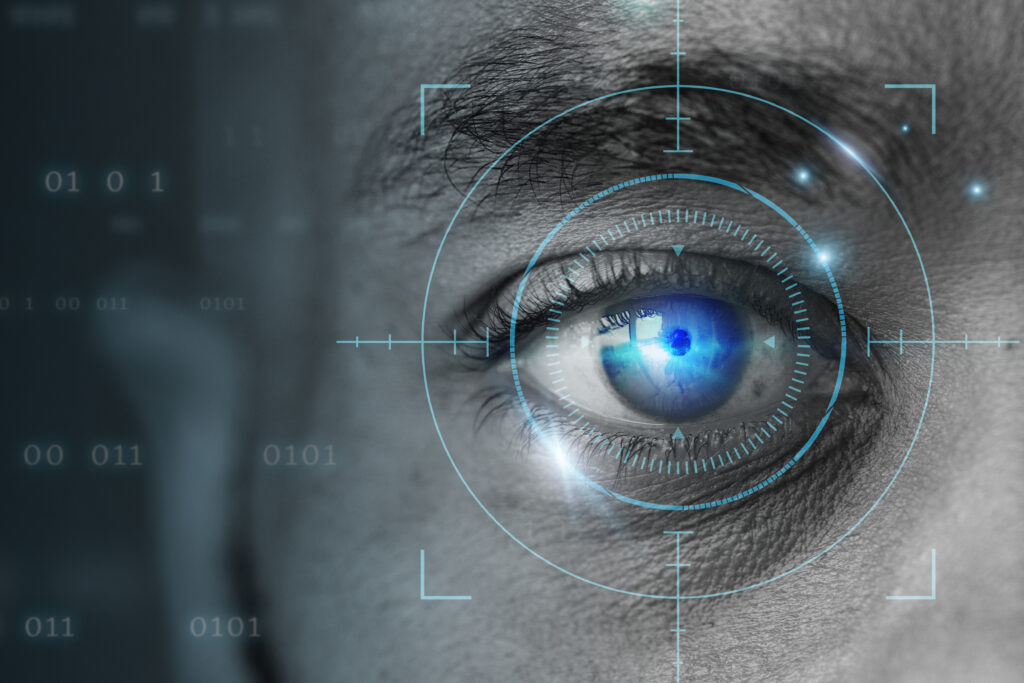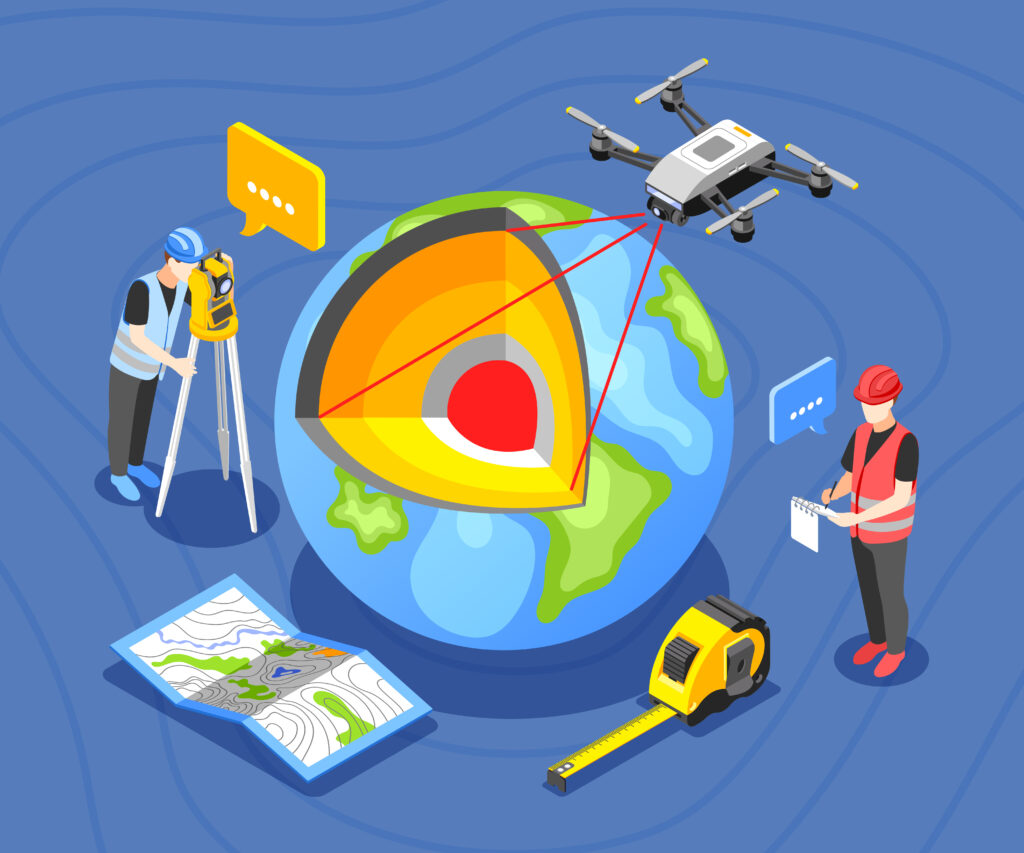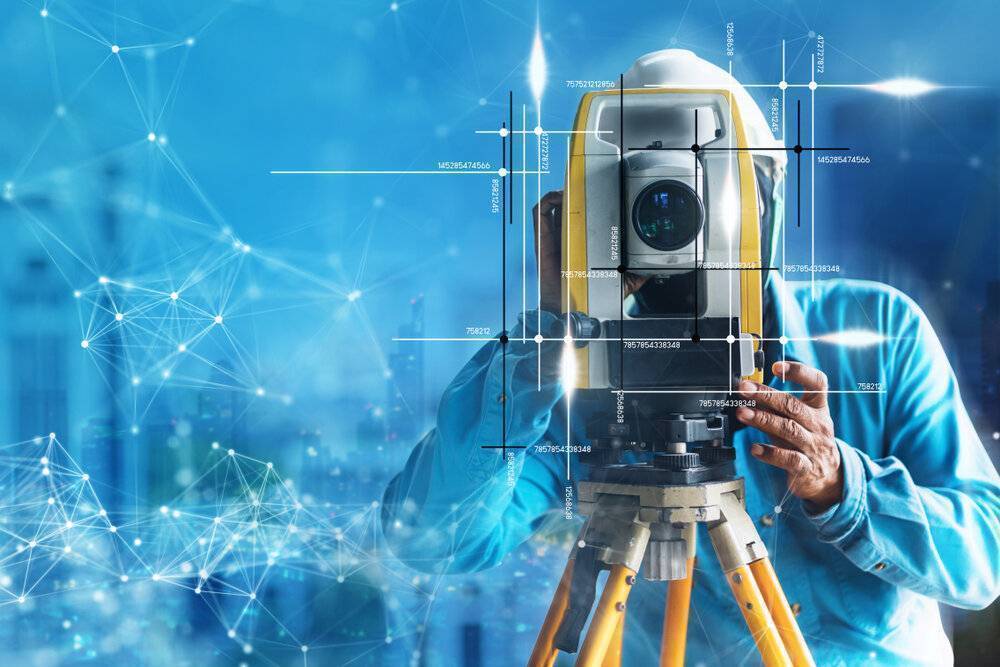Table of Contents
LiDAR Technology is rapidly transforming industries by offering unmatched precision in mapping and environmental sensing. Positioned at the intersection of automation and innovation, this laser-based system enables machines to interpret the world in high resolution—making it essential for autonomous vehicles, smart cities, and beyond.
To fully understand where innovations like LiDAR Technology fit in the evolving tech world, it’s crucial to explore the top tech skills in 2025 that employers are looking for—from data science to automation, these skills drive the demand for smart technologies like LiDAR.
What Is LiDAR Technology and How Does It Work?
LiDAR Technology stands for Light Detection and Ranging, and it’s transforming how machines and professionals see and understand the world. This remote sensing method uses laser pulses to measure distances between objects and create highly detailed 3D maps.
Sends out thousands of laser pulses per second
Measures how long each pulse takes to bounce back
Calculates precise distances based on light speed
Builds 3D models of environments in real time
Works day or night, regardless of lighting conditions


Applications of LiDAR Technology Across Industries
LiDAR Technology isn’t limited to maps or self-driving cars. It’s being adopted across multiple fields, thanks to its ability to detect surfaces and structures with incredible precision.
Autonomous Vehicles: Helps detect obstacles and navigate safely
Forestry: Measures tree height, density, and terrain elevation
Urban Planning: Assists in building smart cities and traffic systems
Agriculture: Maps crop fields for precision farming
Disaster Management: Tracks floods, landslides, and environmental changes
Types
Before diving deeper, let’s explore the different types of LiDAR systems that power today’s innovations.
Terrestrial LiDAR: Ground-based scanners for buildings and tunnels
Aerial LiDAR: Mounted on drones or aircraft to scan landscapes
Mobile LiDAR: Attached to vehicles for street and road mapping
Short-Range LiDAR: Used in phones and indoor applications
Bathymetric LiDAR: Maps underwater surfaces like riverbeds
Benefits in 2025 and Beyond
LiDAR Technology continues to evolve, and its impact is growing across new sectors:
Real-time 3D mapping with centimeter-level accuracy
Better object detection for autonomous driving
Enhanced environmental monitoring and land management
Improved disaster response and recovery
Integration with AR/VR for immersive digital experiences
The Growing Importance of LiDAR Technology in a Smart World
As the world moves toward automation, LiDAR Technology is becoming the backbone of spatial awareness and digital navigation. Its ability to scan, interpret, and visualize environments in real time gives machines the “eyes” they need to operate autonomously. From self-driving cars navigating busy streets to environmental scientists monitoring ecosystems, the range of applications continues to grow.
The integration of artificial intelligence, IoT, and cloud computing further amplifies the potential of this technology. Imagine drones mapping disaster zones instantly or smartphones scanning rooms with incredible precision. These scenarios are already becoming reality, and the accuracy this system offers is unmatched.
As industries continue to prioritize precision, automation, and data-driven decision-making, LiDAR Technology stands out as a foundational tool shaping tomorrow’s innovations. Its versatility across sectors—from construction and mining to urban planning and public safety—makes it essential for smarter, more responsive systems.
With sensor miniaturization and cost reductions improving steadily, this technology is becoming more accessible across devices and industries. From consumer electronics and autonomous transport to public infrastructure and industrial automation, its reach is rapidly expanding.
Ultimately, LiDAR Technology is more than just a tool—it’s a transformative force redefining how machines and humans interact with the physical world. From autonomous mobility to environmental intelligence, the future is being mapped one laser pulse at a time.


No comment yet, add your voice below!